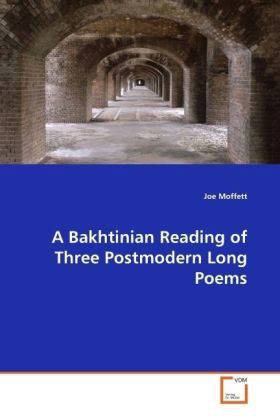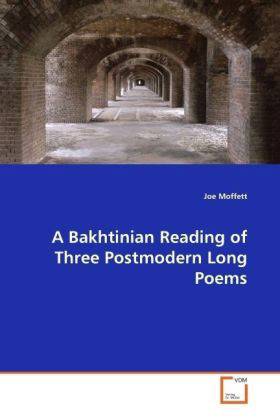
Door een staking bij bpost kan je online bestelling op dit moment iets langer onderweg zijn dan voorzien. Dringend iets nodig? Onze winkels ontvangen jou met open armen!
- Afhalen na 1 uur in een winkel met voorraad
- Gratis thuislevering in België vanaf € 30
- Ruim aanbod met 7 miljoen producten
Door een staking bij bpost kan je online bestelling op dit moment iets langer onderweg zijn dan voorzien. Dringend iets nodig? Onze winkels ontvangen jou met open armen!
- Afhalen na 1 uur in een winkel met voorraad
- Gratis thuislevering in België vanaf € 30
- Ruim aanbod met 7 miljoen producten
Zoeken
€ 48,45
+ 96 punten
Omschrijving
A decidedly American tradition, the long poem became the premier literary endeavor for poets in the twentieth century. Writers such as T.S. Eliot, Ezra Pound, and William Carlos Williams worked on long poems, but under the auspices of the "modern epic." The three postmodern long poems under study here- Kenneth Koch's Seasons on Earth, Edward Dorn's Gunslinger, and James Merrill's The Changing Light at Sandover-illustrate a dramatic rupture with the texts of modernism by introducing comic motifs and multi-voiced narration-situations described by Russian critic Mikhail Bakhtin as "carnival" and "dialogism" respectively-into the canon of the American long poem. These innovations allow the postmodern long poem to evolve past the thematic and aesthetic strictures imposed by the texts of modernism. They represent an opening up of the genre and hint at directions the long poem may take in the future. The present study should have appeal to researchers and students of postmodern literature, particularly poetry, as well as general readers interested in recent developments in the world of letters.
Specificaties
Betrokkenen
- Auteur(s):
- Uitgeverij:
Inhoud
- Aantal bladzijden:
- 56
- Taal:
- Engels
Eigenschappen
- Productcode (EAN):
- 9783639027648
- Verschijningsdatum:
- 1/12/2008
- Uitvoering:
- Paperback
- Formaat:
- Trade paperback (VS)
- Afmetingen:
- 152 mm x 229 mm
- Gewicht:
- 86 g

Alleen bij Standaard Boekhandel
+ 96 punten op je klantenkaart van Standaard Boekhandel
Beoordelingen
We publiceren alleen reviews die voldoen aan de voorwaarden voor reviews. Bekijk onze voorwaarden voor reviews.











